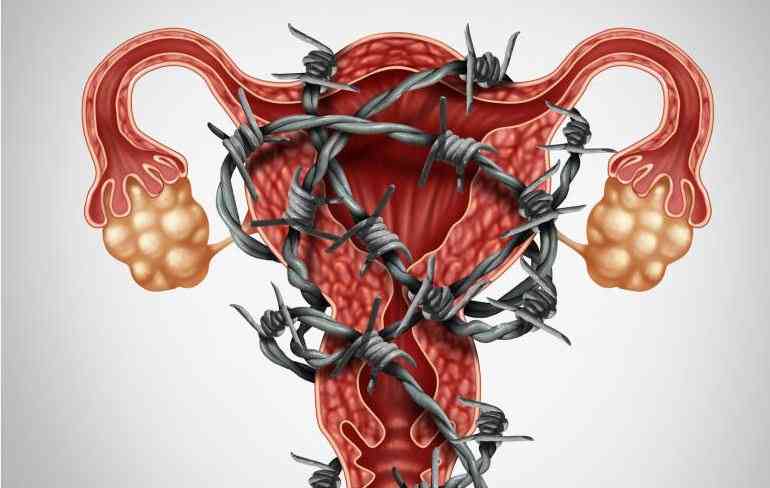
For a life-changing event such as bringing a baby into the world, information and a community are reassuring and crucial.
Yet when it comes to childbirth, there's a reticence about sharing information.
There are still those things that can occur, which aren't common knowledge, those things which cause women to go, "I had no idea" or "NOBODY told me about that."
1. What does it feel like when your waters break?
Often women do not feel this, but notice they are wet - and it can be confused with a moment of incontinence.
Some women also say they feel a popping sensation.
Not all women pop their waters as they go into labour, some may only go once in established labour, when it can cause more of a sensation because there is a lot more pressure from the descending head behind the water.
2. there are 'fore' and 'hind' waters
Fore sit in front of the baby’s head and hind are the waters are behind the baby’s head.
Sometimes it can be a hind water leak, in which case there will be no real sensation.
3.. You'll pass your mucus plug
Also known as the operculum, or commonly known as the 'show', it is the mucus which sits in the cervical canal.
Thought to prevent infection entering the uterus, it is passed through the vagina either before or as labour starts.
It tells us that there is change happening to the cervix and is usually mucoid and can be streaked with blood.
4. How labour feels really does depend
The position of the baby can affect where and how women experience or feel their labour.
The start of labour can feel like period pains. For some women it can feel like a heavy dragging sensation deep in their pelvis and legs.
If the baby is facing the woman’s back then labour is often felt at the front – across the abdomen. Some can feel it like a surge.
5. Contractions can be felt at the top of the uterus before women can 'feel' it.
If the baby is facing to the front with its back to the woman’s spine (known as occipito posterior) then labour can be felt mostly as back ache.
6. Your baby may open their bowels during labour
If the foetus becomes distressed in labour it will open its bowels and pass meconium which will stain the normally clear or straw coloured liquor (amniotic fluid) green or black.
Meconium is a soft greenish black sticky substance that sits in the baby’s gut.
It is there from about 16 weeks' gestation and is made up of matter the foetus has swallowed and generated in the intestine during pregnancy.
It is normally passed during the first two days of life and shows the lower gut is open.
7. If you have an epidural, be prepared for a vaginal examination
These are usually undertaken to confirm progress in labour and if the decision is to continue to epidural the membranes are normally ruptured to allow better monitoring of the fetus.
Epidurals also have an impact on the bladder Women may also experience difficulty in recognising they need to empty their bladder, so need to be reminded.
If they cannot pass urine themselves they will need to be catheterised.
This may be intermittently but if it continues it may necessitate an indwelling catheter through the labour.
8. The umbilical cord might get stuck...
When the baby’s head is born the midwife may ask you to stop pushing and pant.
Some midwives may feel for the cord around the baby’s neck.
If the cord is felt, an attempt will be made to create a loop of cord to allow delivery of the baby through it.
9. The impact 'down there' after birth
Eighty-five per cent of women who have a vaginal birth will experience some perineal trauma.
The most common reasons are from haemorrhoids and/or stitches for perineal repair of either a vaginal/perineal tear or repair of an episiotomy (a surgical incision of the perineum to allow delivery).
10. Healing times vary in women.
The deeper the tear or cut, the longer it may take to heal. Michelle advises to maintain a good level of hygiene, change sanitary towels every time you use the bathroom.
It may also help to pour water over your stitches at the same time as passing water to dilute your urine and reduce any stinging.
 The Standard Group Plc is a multi-media organization with investments in media platforms spanning newspaper print
operations, television, radio broadcasting, digital and online services. The Standard Group is recognized as a
leading multi-media house in Kenya with a key influence in matters of national and international interest.
The Standard Group Plc is a multi-media organization with investments in media platforms spanning newspaper print
operations, television, radio broadcasting, digital and online services. The Standard Group is recognized as a
leading multi-media house in Kenya with a key influence in matters of national and international interest.










